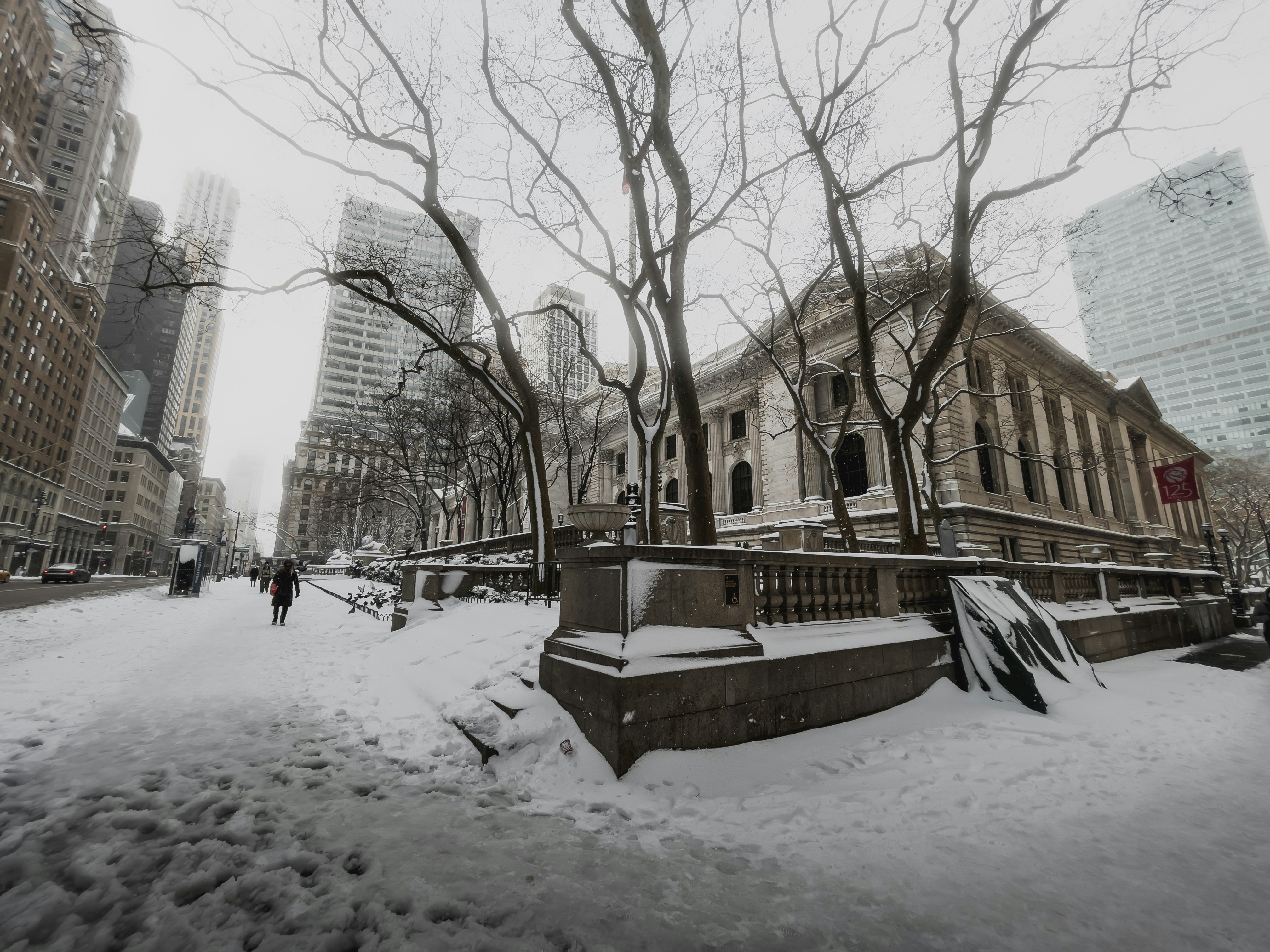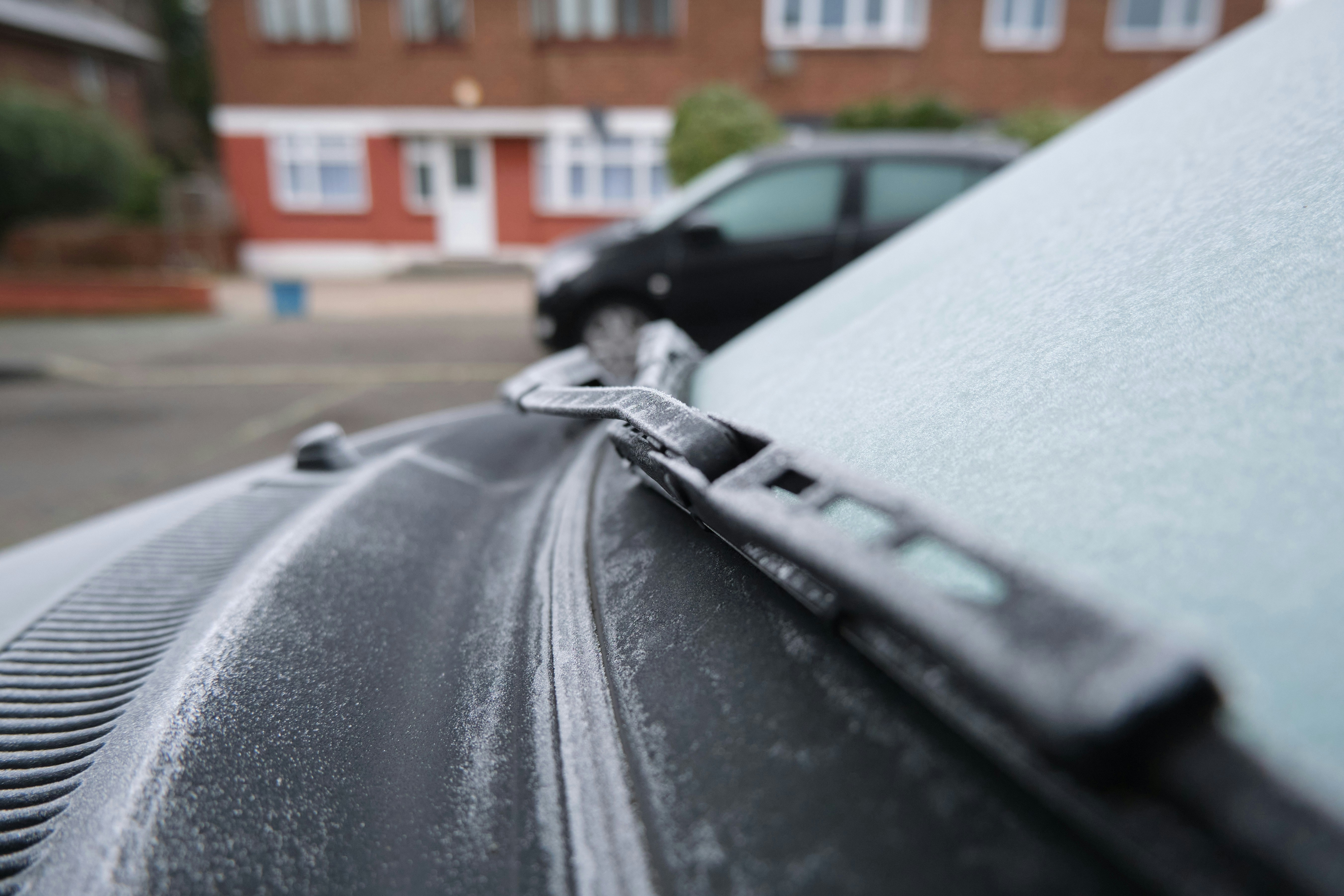Are You Prepared For Colder Conditions?
A brief guide for schools
Winter, as well as bringing much excitement and activity to schools, can also bring a variety of new health and safety and planning considerations. Here are some winter preparations that organisations should consider as the days get chillier.

Light it, Grit it, Heat it: Six Points for Winter Preparation
1. Lighting
When the summer is in full swing the adequacy of floodlights and lighting within the school building can be overlooked. But during the winter months, children and staff will be arriving and leaving in dim and even dark conditions. Site Managers should check that outdoor spaces such as car parks are fully lit. Corridors and classrooms should also not be overlooked. Rooms and corridors lit by the sun in the mornings of spring and summer can be rendered dangerously dim in the winter.
2. Gritting and Ice Management
DfE expectation is that schools will be prepared enough that they can deal with snow and ice in order to remain open when winter comes as all too often at the first sign of a snowflake schools announce closures. Work out a procedure for ensuring your site is gritted and the ice is coated before the arrival of staff and students. This will most likely be the responsibility of the Site Manager. It is advisable to prioritise certain areas, the car park for example or the main entrance. There may be areas of the site which cannot be accessed in icy conditions, for example, netball courts often become quite treacherous. Staff and students will need to be made aware of this. Make sure necessary paths and driveways are cleared of snow. See the Met Office's advice here.
Do you need a dedicated cold weather risk assessment? Risk assessment is part of everyday life on a school site, but you may have students who will struggle to move around in colder conditions or staff members who are uncomfortable with performing break and dinner duty in the ice. Communicate, plan and prepare effectively.
See the Handsam Quick Guide Library section on Risk Assessment (RAS)
3. Heating
The heating system must be fully functional for the onset of winter. Unfortunately, every winter in a bid to save money several schools put off turning on their heating, only to find when they do that pipes have frozen or the boiler is faulty. The Site Manager should check all is fully functioning well in advance. Does the system have a timer or temperature gauge you could use to keep the school heated and efficient? Discuss with the local authority or energy supplier ways of reducing cost or making the system more effective. See the government document on reducing and maximising energy usage.

Students, Staff and Site: All Should be Ready for the Cold Weather
4. Is the Site Ready?
Heating a school is expensive and the last thing an institution would want would be a faulty door or broken window allowing warm air out into the cold and thus increasing bills while reducing efficiency. The Site Manager or Business Manager should do a check of the site for any issues and staff asked to feedback any problems they may have noticed. Refer to the Snow Code when clearing paths and driveways.
5. Snow Days
It is the decision of the Head Teacher as to whether the site remains open in the event of heavy snow. He or she must consider the safety of the site, the accessibility and the potential disruption. Your plan should therefore also include liaison with the local authority over roads and approaches to the school. The school must have an effective means of informing parents, bus companies and students of the closure. For example, many institutions now use a text message alert, or the tried and tested radio announcement and website post. There is also a dedicated GOV.UK site for closures.
6. Remind Students to be Sensible
Nobody wants to spoil the fun by breaking up snowball fights or stopping children from enjoying themselves outside in the cold, but it is important to be clear with your students on winter policy. Things like snowball fights can get out of hand and students will need to be careful in icy conditions walking to, from and around school. Richard Burroughs of GRITIT, writing for SHP, describes the danger of complacency in winter preparation and a preference for an ‘ad hoc’ approach that relies on existing structures. He argues that we have been lulled into a false sense of security by mild winters when in fact, to fulfil the duty of care to staff and students, educational institutions need ‘a robust and timely winter maintenance plan.’ Policies and risk assessment should be reviewed in the months approaching the cold season and snow and ice treated as a very real danger, not merely an inconvenience. See the full article on the SHP website for a guide to what to include in a robust maintenance plan that encompasses all parts of the school and staff.

Action points
- Light it, grit it and heat it. Make sure everything is set for cold mornings and dark nights. Don't leave checking supplies, site and equipment to the last minute;
- Do you have a way to tell everyone quickly that the school is not opening due to extreme weather? Check those phone numbers, run through that policy to avoid half the school arriving at a dark and icy site; and
- Refresh winter risks in the minds of pupils and staff. Don't dash across the icy car park or run around without a coat at lunchtime, as the cold weather has the potential to cause a nasty injury or illness.
Schools should have a policy which covers the procedures and protocol of heavy snowfall and potential school closure. This may be part of the Premises Management policy. Knowing who commands what roles, from gritting to contacting parents, staff and the local radio station can be the difference between chaos and calm.
See Handsam Quick Guide Library section on Premises (PR)

Ventilation
With the threat of COVID-19 infection, adequate ventilation has become more important than ever. The legislation regarding what is “adequate” in terms of ventilation is complex, but there is some guidance available on general usage. Two documents have been attached to this email, which should shed some light on this issue. It is worth noting at this point that the current HSE guidance on air conditioning and ventilation with reference to COVID-19 states: "The risk of air conditioning spreading Coronavirus (COVID-19) in the workplace is extremely low as long as there is an adequate supply of fresh air and ventilation." You can continue using most types of air conditioning systems as normal. But, if you use a centralised ventilation system that removes and circulates air to different rooms it is recommended that you turn off recirculation and use a fresh air supply. You do not need to adjust air conditioning systems that mix some of the extracted air with fresh air and return it to the room as this increases the fresh air ventilation rate. Also, you do not need to adjust systems in individual rooms or portable units as these operate on 100% recirculation. You should still however maintain a good supply of fresh air ventilation in the room. If you’re unsure, ask the advice of your heating ventilation and air conditioning (HVAC) engineer or adviser.
Please also note that fire doors MUST not be blocked open (except with an approved automatic closing device) to aid circulation.